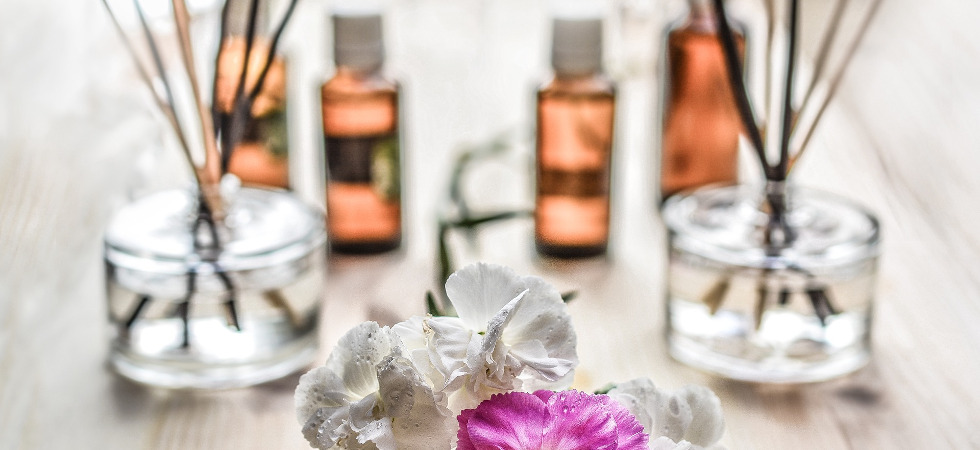Ruling the fragrance world as the sovereign monarch, ‘Oud’ or ‘Agarwood’ is a millionaire’s eclectic indulgence. KISHORE AND SMITA IYENGAR offer you a whiff.
The earthy, woody, spicy sillage stuns the senses with every swirl of his perfumed Kandoora robe. His rugged Arabic syllables resound with musk and reverberate with amber as the two bow in humble surrender to the towering majesty of that one sovereign scent that seduces the space. Straight out of the bearded billionaire’s closet comes the world’s most exotic and expensive fragrance-Oud!
OUD-THE ARAB OBSESSION
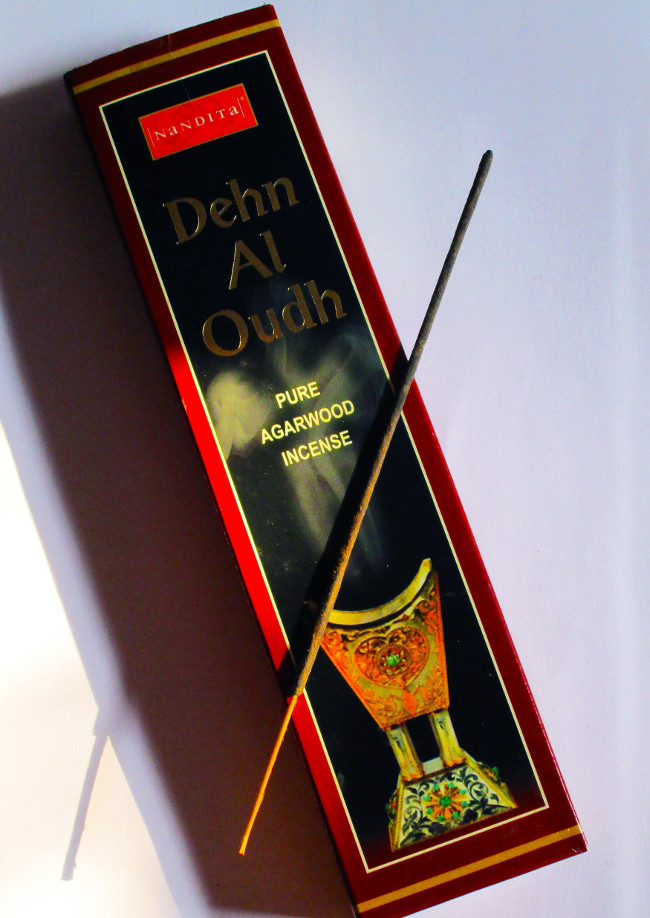
Renowned for their centuries-old volcanic passion for ‘Oud’, a tree bark extract from south Asian forests, the Arabs have fragranced their history with its enigmatic magic. Also known as ‘Agarwood’ from the Sanskrit ‘Agar’, the wood is used as incense by the Arabs, the distilled oil extract called ‘Dehn Al Oud’ (fat of the wood) in Arabic being the key ingredient in Arabic fragrance heritage.
INDIA’S OUD ALCHEMY
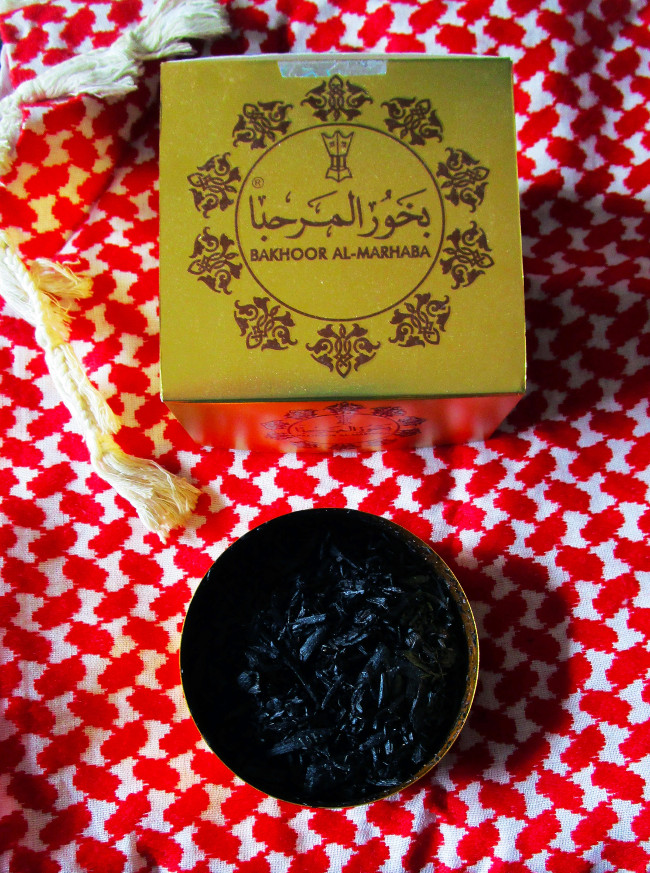
While oud is synonymous with the Gulf States, India boasts of an ancient tradition of agarwood that dates back more than 6000 years, right to the Vedic era when the wood was used in spiritual practices and the wood and oil as healers, considering oud’s inexplicably elevating and magnificent aromas!
Oud is today, more expensive than gold! Despite smelling highly animalic, fruity, sweet, woody, raw and earthy, its aphrodisiacal as well as anti-depressant properties has made it the manna of discerning aficionados the world over. Oud is like an unruly bachelor- brash, untamed and untethered, but a chivalrous gentlemen when married off to the right notes in a fragrance blend! While Indian and Arab fragrance heritage have made magic with innumerable oud-based fragrance blends, oud has become one of western perfumery’s most desired fragrant note.
BESPOKE BRILLIANCE
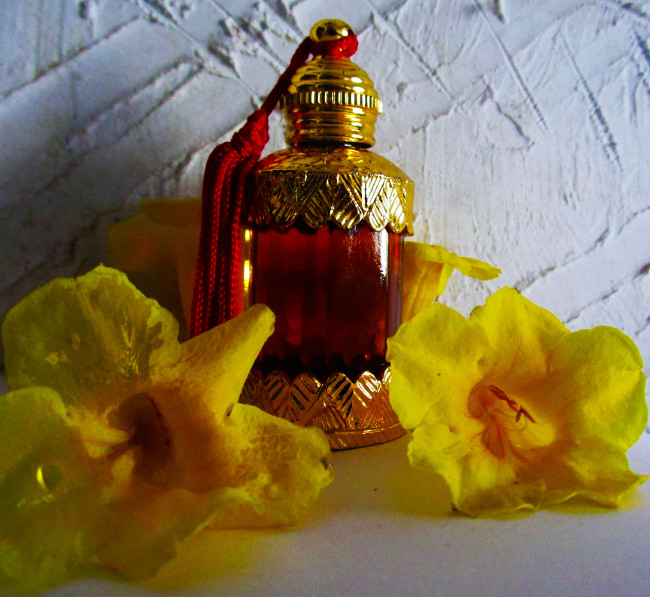
Our well-honed passion for agarwood led us to the labyrinths of old-Delhi’s quaint quarter Dariba Kalan where stands the legendary hallmark of ancient Indian fragrance tradition, the Gulabsingh Johrimal House of Fragrance, upholding the world’s earliest art of perfumery for over two centuries.
Acclaimed nose Mukul Gundhi, the cherubic seventh generation torchbearer of the tradition made magic with ethereal fragrances permeating from antique jars, reminding us of Persian mystic Sa’adi’s words “Baad khaki ze moghaam e tu biaavard o bebord, har teeb ke dar kolbeh ye attaari hast” ( breeze and dust bring-fourth from your dwelling, oh Divine beloved, all the scents from the perfumer’s treasure!).
Meticulously preparing a bespoke Oud-based non-alcoholic blend, Gundhi took us on a journey through our own selection of top, heart and base notes. Carefully preparing the grammage for each note, watching him make our composition come alive was pure meditation! Et voila! Opening with a gilt-edge saffron, the subtle cardamom gave a fine edge to the top while the freshness of bergamot prevailed.
Three rugged heavyweights- amber, labdanum, and leather were toned-down by the sophistication of a classy white musk at the base. Like a symphony in perfect legato, the blend’s slow and steady unfolding without sharp transition of notes had the saffron gracefully melt into the understated black musk and rose in the heart, that gracefully draped the otherwise overpowering leather note which usually provides a masculine, behind the scenes gruff and bronze canvas, like Schwarzenegger draped in a classic Armani! A background note of cedarwood offered a woody framework and backbone to the heart.
Oud carpet notes are leitmotif of Gulabsingh Johrimal’s repertoire, like the towering monarch of the fragrance world providing humble and compassionate accompaniment to all the other notes, a firm backbone and most of all, soul. Our blend had oud-complimenting notes throughout, their interaction reminding us of legendary Lebanese diva Fairuz’s ethereal voice, like liquid sunshine melting over the Mediterranean during her seaside soirees with a nip in the air, fishing boats swaying with the gentle breeze!
The dominant saffron was reminiscent of innocent romance flowering in the dusty alleys of old town Cairo, Egypt’s 70’s crème de la crème in their aristocratic fineries reveling in monumental soirees of legendary songstress Umm Kulthum. The heavier notes reverberated with ‘Khalijiyyat’, popular folk music from the Gulf, the cardamom and cinnamon offering subtle warmth to the blend taking us back to winter mornings around the Persian Gulf with traditionally built boats gentle sailing past and a caressing breeze teasing our senses, or say, a cup of ‘qahwah’ with affable Yemeni fisher folk along the Hadramaut coast!
To pay ode to Gulabsingh Johrimal’s age-old wisdom, we christened the blend ‘Heritage-1816’, the year in which the perfumery was established . Bottled in an exquisite, ornate ‘shishi’, our bespoke masterpiece by India’s veteran traditional perfumer was a symbol of class, versatility and centuries of experience and expertise, a crossover fragrance with gilt-edge Arab grandeur coupled with the gentleness of Indian fragrance heritage, embodying both feminine and masculine qualities.
OUD-THE SOUL OF INCENSE
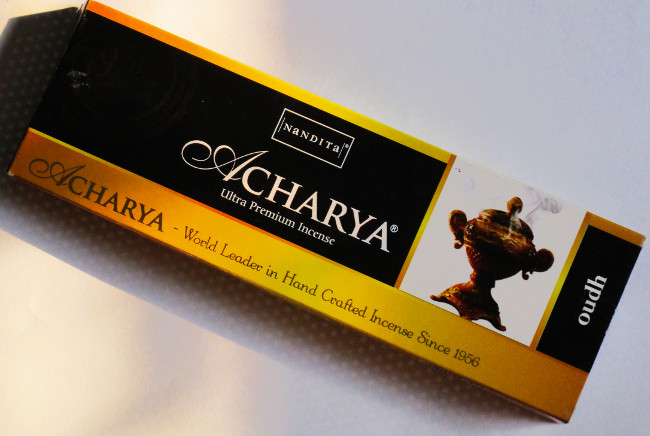
The art of making incense was first pioneered in India. Originally, incense sticks were made of pure agarwood powder, hence the name ‘agarbatti’ or ‘light of agar’. The unreasonable increase in the prices of oud over the decades made the art almost extinct.
Among India’s foremost incense artisans is veteran Guru Acharya of ‘Nandita Fragrances’, upholding the centuries-old south Indian incense tradition since over five decades. Acharya is among the few incense mavericks to still keep the art of pure agarwood incense alive. “Oud is sensual and rare. It provides absolute inner calm and is deeply healing and therapeutic” he explains.
Using pure Indian oud from Assam in many of his signature incenses, Acharya’s repertoire consisting of floral, spicy, woody and oud incenses are a spiritual tour de force, as well as an eclectic indulgence for high-end connoisseurs the world over. His ‘Dehn El Oud’ is a classic with subtle background, base and after-notes of pure oud coupled with other masculine, high-energy notes. ‘Acharya Oud’ is a softer, gentler agarwood incense that calms and soothes the senses and offers solace to the frayed nerves. ‘Arabian Oud’ presents another avatar of agarwood-the feminine, sensuous side with saffron-like mellow notes symbolizing the classy, sophisticated Arab woman’s taste.
Along with India-style incenses that even include cup-shaped oud ‘dhoop’, Acharya’s offerings boast of ‘Bakhoor’ from Arab heritage. Agarwood flakes dipped in perfume oils are burnt over charcoal or on electric burners in the Arab World as a regular practice, to perfume spaces, cars, clothes and during festivities. While Nandita’s iconic ‘Bakhoor Al Barakah’ with a dominant rose spells sensual class, ‘Bakhoor Marhaba’ and ‘Afreen’ are a formidable interplay of musk, saffron, amber, sandalwood and oud and favorites of high-spending Arab fragrance lovers. All the three Bakhoors instantly take you back to the Bedouin heartland in just a whiff!












